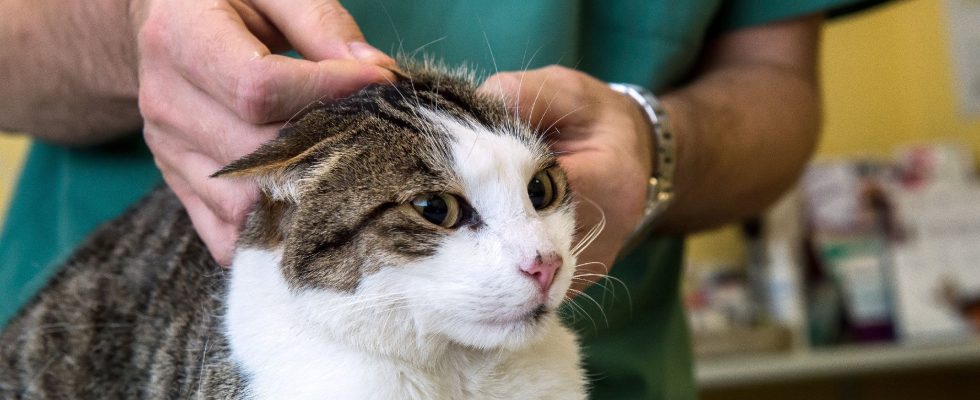Carnage in the cage. To get rid of the red mites that bite canaries, parakeets and doves, simply place a slew of mites – androlaelaps casalis – on the perches. These tiny eight-legged critters feast on the eggs and larvae of lice, then die when everything is decimated, without colonizing the habitat. Entomologists, specialists in insects, have snooped in swallows’ nests to find this formidable enemy of the louse. The company Bestico offers online and in pet stores vials of mites to spread gradually. From now on, biological control, symbolized by the aphid-eating ladybug, is no longer confined to gardens and is gaining pets. Objective: avoid chemical insecticides.
As early as 2012, the National Health Security Agency prohibited certain anti-parasitic collars for dogs and cats due to risks for users. Five years later, the affair of the eggs contaminated with Fipronil struck the spirits. The general public has realized that this pesticide is also used on the collars of furry friends. It only takes a caress to come into contact with the substance. At the time, the Botanic garden center chain removed it from its shelves… and then nothing. The indifference of public authorities, NGOs and consumer associations is surprising. Damien Morel, entomologist and manager of Bestico is worried about this: “The State accepts that insecticides which are prohibited on plants are tolerated against animal parasites. Certainly they are not eaten raw like salads! However, to preserve the biodiversity, a quarter of anti-parasitic solutions should be in biocontrol within ten years. We are very far from that.”
Are the French ready? “Customers looking for naturalness take the plunge if we take the time to explain biocontrol, assures Sylvain Peillot, trainer at Maxi Zoo, a chain of pet stores. These innovations are cheap. It takes 20 euros to treat three snake terrariums.” For lack of resources, research is progressing slowly, while the market for animal hygiene and accessories, estimated by Xerfi at 1.6 billion euros in 2022, is promising. If horses, turtles and reptiles are protected, it remains to invent solutions for the 22 million dogs and cats. Two options are being studied: raising nematodes, worms invisible to the naked eye, in the garden so that they feed on flea and tick larvae, or cultivating an entomopathogenic fungus, which infects pests.
To emerge from the shadows, biological control needs regulatory boosts. Already, the organic specifications ban certain chemical molecules in henhouses and barns. “2,500 farms buy our offer”, figure Damien Morel. These precursors must adapt their practices because, contrary to chemistry which acts in twenty-four hours, the little “warriors” need several weeks to liquidate red lice and flies.
